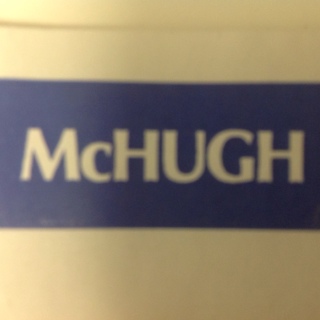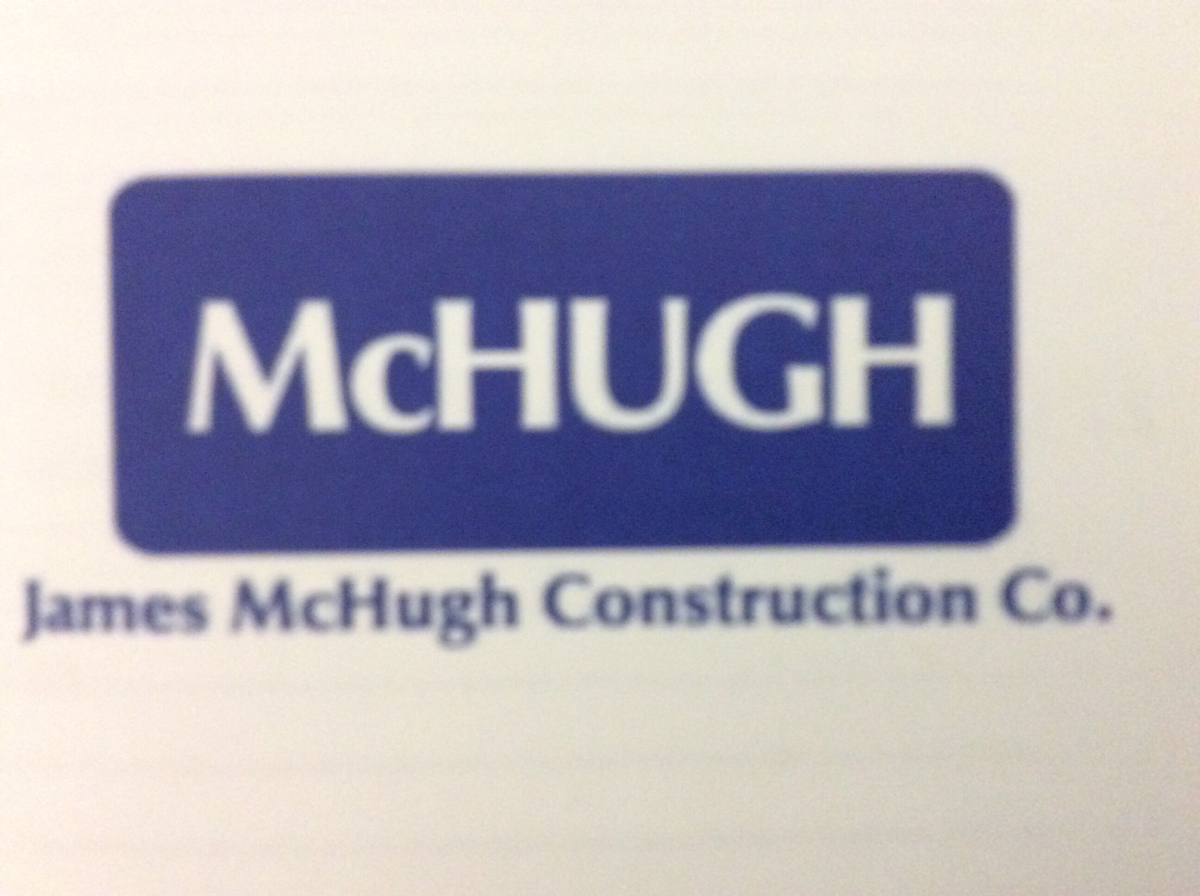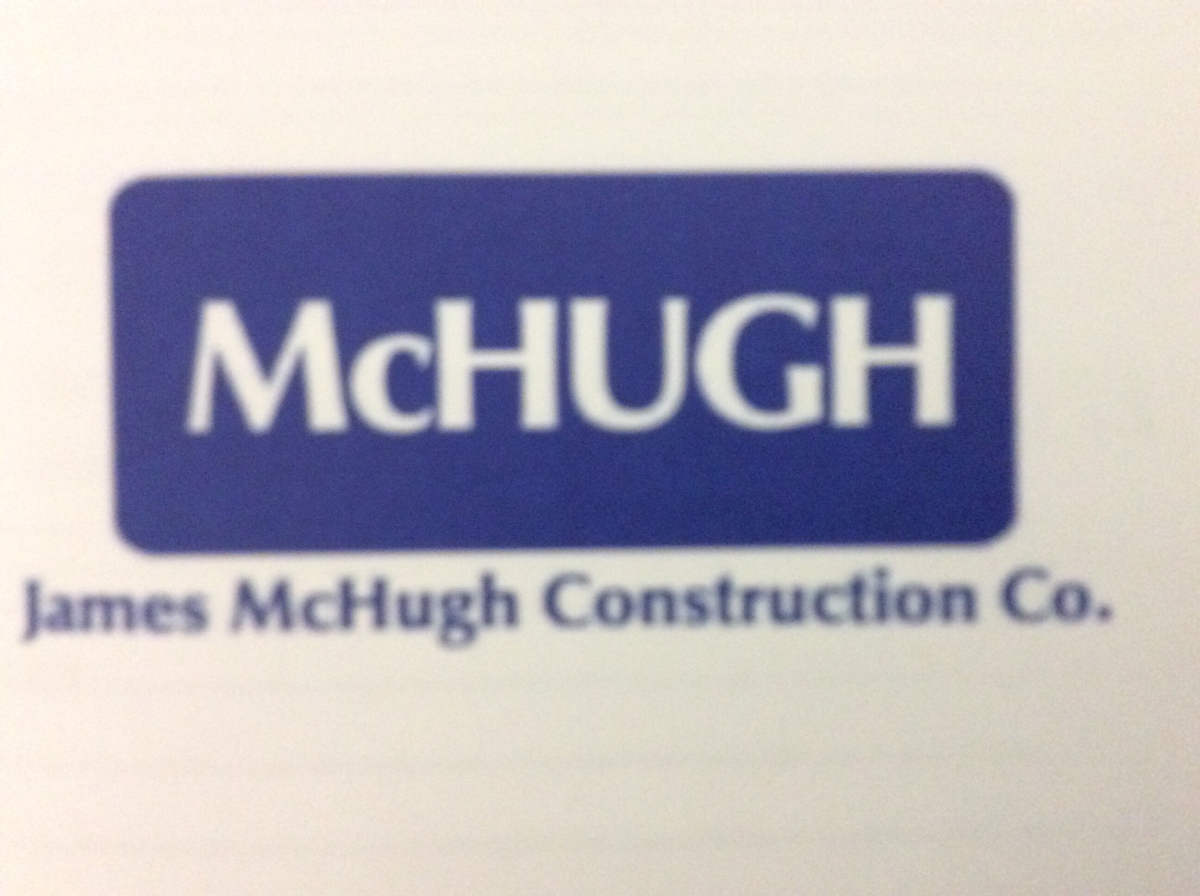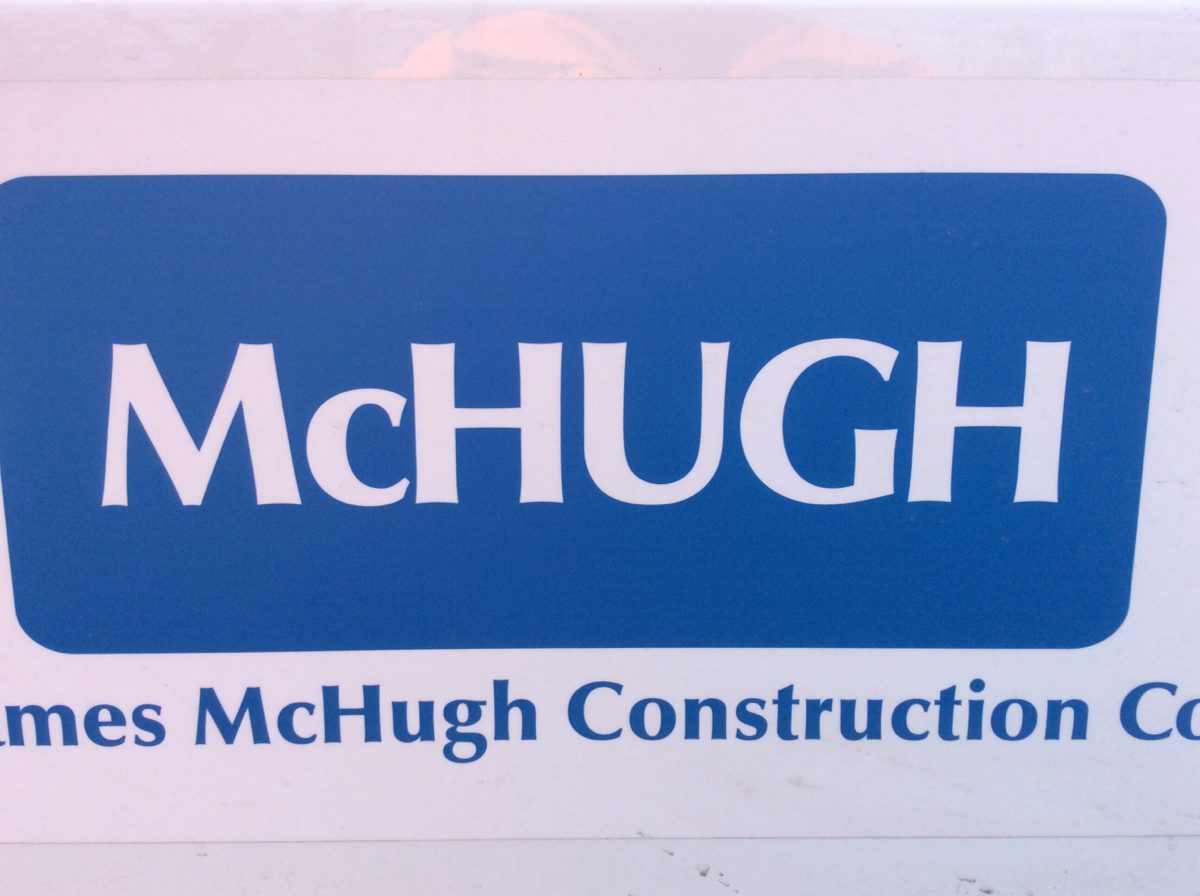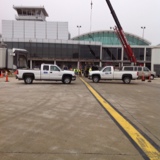Information
-
Date - Initials - Job Number(s)
-
Job Name
General Project Information
-
Safety Manager Assigned to this project:
-
Site hours of operation:
-
List Sub-Contractors and Competent Persons per sub:
-
Prepared by
-
Weather Conditions
-
Conducted on
-
Location
1. Site Administration
-
1a. Site safety plan on site and readily available?
-
1b. SDS(Safety Data Sheets) for materials on site are on site and readily available?
-
1c. Required State, Federal, sexual harassment and ethics posters are conspicuously posted in areas accessible to workers?
-
1d. Has site orientation been provided to workers, subcontractors, and visitors?
-
1e. Pre-Task / Safety Briefings are given prior to start of work?
-
1f. Are weekly toolbox talks being held and documented?
-
1g. Were there any Staff, Owner, Sub-contractor, or other scheduled meetings today?
-
1h. Are there an adequate number of, clean and maintained (regularly serviced and free of graffiti), port-a-potties on site in areas adjacent to work to meet requirements and standards? (i.e. 1 unit per 10 workers)
-
1i. Required permits acquired prior to task? (Hot Works, Confined Space etc)
-
1j. Are stretch and flex exercises performed at the beginning of shift?
2. Emergency Response
-
2a. Are Emergency Plans/Procedures in place and communicated to employees?
-
2b. Are emergency procedures and phone numbers displayed on site?
-
2c. Are first aid kits and equipment on site and readily available?
-
2d. Are first aid trained personnel available on site?
-
2e. Are weather forecasts monitored and plans in place for weather related emergencies?
3. Personal Protective Equipment (PPE)
-
3a. Is all company supplied PPE on site (stocked) and readily available?<br>
-
3b. Is PPE provided to employees and employees are trained to use PPE as needed and required to protect against injury?
-
Select all that have been provided
- Hard Hats
- Safety Glasses
- Hi-Vis Vests/Clothing
- Gloves
- Hearing Protection
- Face Shield
4. Respiratory Protection
-
4a. Will work that requires respiratory protection be performed today?
-
4b. Has a written respiratory protection program been implemented and is being followed?
-
4c. Have all respirator wearers been medically screened?
-
4d. Have all respirator wearers been quantitatively fit tested?
-
4e. Have provisions for the cleaning and storage of respirators been made?
-
4f. Have all respirator wearers been trained in the use, cleaning and storage of respirators?
-
4g. Are all respirator wearers clean shaven to insure a proper seal?
5. Fall / Perimeter Protection
-
5a. Is there a comprehensive Fall Protection Program in place?
-
5b. Have all Fall From Height hazards been addressed and controlled?
-
5c. Is all fall arrest equipment (harnesses, lanyards, SRL's, anchorage connectors, etc) inspected and in good working order?
-
5d. Are all guard rails in place and built according to standard requirements?
-
5e. Are all holes greater than 2 inches in walking/working surfaces covered securely and marked "HOLE Do Not Remove"?
6. Ladders / Scaffold
-
6a. Are ladders present in use on site?
-
6b. Were any unsafe or damaged ladders destroyed, discarded, and removed from site?
-
6c. Are ladders in use properly positioned?
-
6d. Are ladders in use properly secured?
-
6e. Are Instructions, Warning Labels, and Capacities conspicuously located and legible on extensionand step ladders?
-
6f. Are all job built ladders built according to ANSI standard?
-
6g. Is scaffold present on site?
-
6h. Was scaffolding erected according to plan, and by qualified person?
-
6i. Is inspection tag present and completed by competent person?
-
List responsible party for scaffold, type of scaffold, inspection frequency and competent person:
7. Hot Work (Welding, Torch Work)
-
7a. Will welding or torch work be performed today?
-
7b. Have the required hot work permits been obtained, signed and posted? (i.e. JMCC hot work permit and/or Railroad specific required permit)
-
7c. Are only authorized and trained personnel permitted to use welding or cutting equipment?
-
7d. Are fire watchers assigned when welding or cutting is performed in locations where a risk of fire exists?
-
7e. Is fire extinguishing equipment available and in a state of readiness for immediate use in all hot work locations?
8. Fire Prevention
-
8a. Are there an adequate number of fire extinguishers present and in working order?
-
8b. Are flammable liquids being used or stored on site?
-
8c. Are flammable liquids being stored in approved flammables cabinets?
-
8d. Are flammable liquids stored in safety cans with the wire mesh flame arrestor intact?
-
8e. Are compressed gas cylinders being used or stored on site?
-
8f. Are gas cylinders clearly marked as to what gas they contain?
-
8g. Are compressed gas cylinders located or stored in a secure and upright position?
-
8h. Are valve protectors placed on cylinders when not in use or connected for use?
-
8i. Are valves closed before a cylinder is moved, when the cylinder is empty, and at the completion of each job?
-
8j. Are oxygen cylinders stored a minimum of 20 feet from other combustible/flammable liquids or gases?
9. Electrical Hazards
-
9a. Are electrical power sources or tools being used on site?
-
9b. Are all outlets GFCI protected and tested monthly?
-
9c. Has all electrical equipment been placed away from water?
-
9d. Are extension cords inspected for damage prior to use?(missing ground lug, cuts in insulation, etc)
-
9e. Is all electrical equipment at safe distance from flammables?
-
9f. Have all power tools been inspected for damage and proper function prior to use?
10. Cranes and Hoisting Equipment
-
10a. Is there a crane on site today?
-
10b. Are crane inspections current and copies available?
-
10c. Are there any critical lifts scheduled for the day? (In excess of 75% capacity, 2 crane picks, etc)
-
10d. Have critical lift plans been submitted to the Safety Department for review?
-
10e. Is the load chart readily available, legible, and being followed?
-
10f. Are signal persons certified and riggers qualified with proof readily available?
-
10g. Are all hook 'Safety Locks' in working order?
-
10h. Is crane positioned at the correct safe distance from over-head power lines?
-
10i. Are outriggers properly padded?
-
10j. Are access ladders and steps properly protected and in good condition?
-
10k. Are Navigation lights required and functioning? (Boom Lights)
-
10l. Does the operator have appropriate licensing accord to Job, City, & State requirements?
-
10m. Will rigging be used today?<br>
-
10n. Is all rigging properly tagged and regularly inspected?
-
10o. Was any unsafe or damaged rigging removed from service?
-
10p. Will chain falls be used for hoisting?
-
10q. Have chain falls been inspected for defects and deformed chains?
-
10r. Have all safety mechanisms been inspected? (i.e. directional locks, anchor points,etc)
-
10s. Are all weight capacities available, identifiable, and observed?
11. Motorized Equipment (Heavy Equipment, Arial Lifts, Etc)
-
11a. Will motorized equipment be used?
-
11b. Was equipment inspected prior to use?
-
11c. Are all employees who intend to use equipment trained and records available?
-
11d. Do all motion alarms function properly?
-
11e. Are safety restraint belts in place and being used?
-
11f. Are all fall protection requirements pertaining to equipment being followed? (i.e. harnesses, lanyards, mid rail chains, etc.)
-
11g. Are areas free of holes, debris, and obstructions to the safe movement of equipment?
-
11h. Are machines shutoff, keys removed and secured when unattended?
-
11i. Are load capacities being observed and followed?
12. Excavations
-
12a. Will excavation work be performed today?
-
12b. Has an excavator Corporate Safety Program been submitted to Project Management?
-
12c. Have proper permits (ground disturbance, etc) been acquired prior to digging?
-
12d. Is there a competent person for excavating on site?
-
12e. Is there an excavation plan, with associated "DIG" numbers reviewed and approved?
-
12f. Is contaminated material being handled according to plan and disposed of properly in accordance to EPA expectations?
-
12g. Has the soil been tested to determine classification by the competent person?
-
12h. Have open excavations been protected?
-
12i. Is erosion control in place? I.e: silt fence, drain screens, pump sock - filter bag, etc...
-
12j. Are dust control and street sweeping equipment being used? ie... Water truck - Street sweeper
-
12k. Are precautionary measures in place for dewatering trenches / excavations?
-
12l. Is benching, sloping, shoring, or shielding required?
-
12m. Is shoring designed by a Structural Engineer?
-
12n. Have all excavations been inspected by the competent person prior to entering?
-
12o. Are access & egress points in place according to standards?
-
12p. Is any special insurance required, if so, has it been obtained? (RR Prospective, etc..)
13. Confined Spaces
-
13a. Will any work requiring a confined space entry be performed today?
-
13b.Has the safety department been notified of the intended Confined Space work?
-
13c. Has a Confined Space Entry Permit been completed?
-
13d. Has a rescue plan been developed, communicated, and distributed to all parties involved?
-
13e. Has the atmosphere in the space been tested with a gas meter that has been fully calibrated within the last 6 months and the results accepted by the competent person?
-
13f. Is the space being continuously monitored for changes in atmospheric and physical changes?
-
13g. Have all intended entrants been trained in the last 12 months for confined space entry?
-
13h. Is there an attendant stationed at the entry to space?
-
13i. Does the attendant have the ability to keep in communication with the entrants at all times?
14. Intersection of the Public Way
-
14a. Will any work intersect or be performed in the public way(sidewalk, roadway)?
-
14b. Do public walkways go through the work area?
-
14c. Are public walkways through the area properly barricaded and clearly marked?
-
14d. Does the work affect the public roadway?
-
14e. Are traffic control devices in place in accordance with the Traffic Control Plan and in compliance with MUTCD?
-
14f. Are roadway flaggers require and if so have they received the required training to do so?
-
14g. Is all construction equipment kept inside the barricaded area?
15. Railroad
-
15a. Will there be work on or above railroad property?
-
15b. All personnel have an e-RAILSAFE ID?
-
15c. All personnel have completed a Railroad Specific Training if required? (i.e. BNSF Contractor Orientation, UPRR SMS)
-
15d. All personnel have FRA Part 214 Sub C Roadway Worker Protection training and card as required?
-
15e. All personnel have FRA Part 214 Sub B (bridge work) training as required?
-
15f. Rail road flagman/EIC on site and safety briefing given?
-
Were track authority/protection parameters communicated during the briefing?
-
Track Protection Type and Restriction Number
-
Enter LImits, Time, and verification
16. Site Conditions
-
Insert photos of general work site conditions
-
16a. Are site access points clear and maintained?
-
16b. Is the public roadway at site access points clear of dirt and debris which could cause a roadway hazard?
-
16c. Is clear access/egress provided to the site and all work areas?
-
16d. Is there sufficient lighting, natural or artificial, provided in work areas?
-
16e. Is housekeeping being maintained throughout the work site? Work areas are free of debris, scraps, trip hazards. Storage areas are neat, organized, and maintained.
-
16f. Are erosion and sediment control measures in place, adequate, and in accordance with SWPPP?
17. Site Security
-
17a. Is the site fenced to prevent un-authorized entrance?
-
17b. Are equipment and job trucks locked at the end of shift to prevent un-authorized use?
-
17c. Are materials and equipment stored in a secure area to prevent theft?
-
17d. List any site security measures that are currently in place for the site, i.e. security cameras or night time security personnel.
18. Hazardous Material, Atmospheres, Conditions
-
18a. Have potential Material or Atmospheric hazards been Identified and exist on site? (i.e. lead, asbestos, etc)<br>
-
18b.Has formal testing been performed prior to beginning of task to identify hazard and exposure levels?
-
18c. Will work be performed on surfaces or substances containing lead?
-
18d. Have all employees working with lead containing substances been medically screened for blood lead and ZPP?
-
18e. Is medical monitoring ongoing?
-
18f. Have employees received training on the hazards, health effects, and prevention of exposure to lead hazards?
-
18g. Have employees been provided with task specific clothing and PPE to be worn when working with lead?
-
18h. Have decontamination and laundry provisions been provided for employees?
-
18i. Will work be performed on surfaces or substances containing asbestos?
-
18j. Has asbestos been remediated / abated, if yes, by whom? (please provide copies of completion reports)
-
18k. Have areas containing asbestos been posted with signs noting the hazard to employees?
-
18l. Is containment in place around asbestos work areas?
19. General Duty Clause, Miscellaneous Findings & Other Safety Observations
-
19a. Were observations or miscellaneous findings that pose a potential hazard discovered during audit process?
-
Brief description & photo:
20. Incidents, Accident, Injury, Near Miss
-
20a. Were there any incidents, injuries, accidents or near misses to report today?
-
20b. Detailed information narrative? (who, what, when, where, why)
-
20c. Detailed Information Photo's
21. Corrective Actions
-
21a. Enter any corrective actions that will be undertaken to correct noted conditions.
-
22 b. Were any disciplinary corrective actions taken today?
Sign Off
-
Auditor's signature
